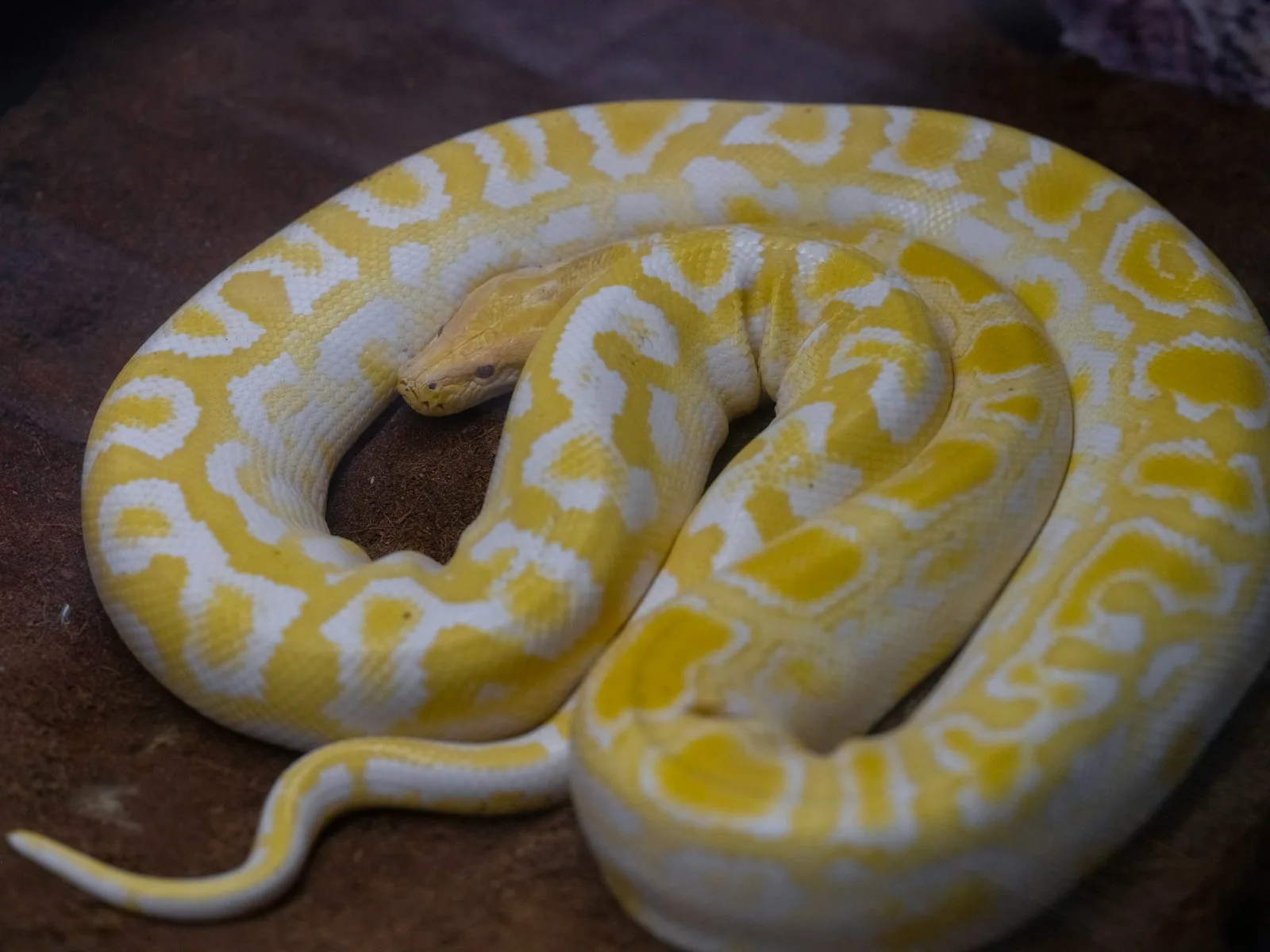
Table of Contents
In the complex and diverse web of life, survival frequently requires extraordinary evolutionary adaptations. Among them, a very interesting feature is the ability of certain species to develop neutralize against snake venom. This particular adaptation symbolizes a complex dance between predator and prey that has evolved over countless generations not just to survive against odds. Because they can survive in settings that are dangerous to other animals, venom-resistant animals have a major ecological advantage. Exploring these organisms reveals the depth of biological innovations that have occurred in the natural world, providing insight into the dynamic and adaptive nature of life on Earth.
8 animals that can neutralize snake venom
Opossums

Opossums have a special biological characteristic known as Lethal Toxin-Neutralizing Factor (LTNF), which enables them to neutralize some snake venoms. Given that opossums are frequently exposed to venomous snakes in their native environment, this adaptation is very useful. In a unique example of evolutionary defense, the protein efficiently neutralizes toxins, preventing injury. Studies of this protein have led to increased interest in its use to develop new human antitoxins.
Hedgehogs

Because of their propensity for foraging and predatory behavior, hedgehogs are naturally immune to many types of viper venom. Due to their immunity, they can contact or eat venomous snakes without risk of death. Because of their frequent exposure to toxic hazards around them, hedgehogs are thought to have developed a resistance to toxins. Their ability to withstand these interactions without serious damage emphasizes an intriguing feature of evolutionary adaptation.
Honey Badgers

Among the most fearless of predators, honey badgers are renowned for their ferocious nature and exceptional resistance to snake venom. They can attack and eat venomous snakes due to their resilience and will not die from the potentially fatal effects of the venom. Their strong physiological reactions and thick skin help to reduce the effects of the poison, contributing to their resistance. As the most dangerous predator in their environment, the honey badger’s ability to feed on venomous snakes is evidence of this.
Mongooses

Because they are somewhat immune to snake venom, mongooses are famous for their spectacular runs with deadly snakes. Their acetylcholine receptors are altered, greatly reducing the effect of the neurotoxin, which is the reason for their immunity. Because of their evolutionary adaptability and speed and agility, mongooses are effective predators of snakes. Their ability to do so not only defines their place in the ecosystem, but also provides a striking example of natural selection at work.
Ground Squirrels

Ground squirrels have physical characteristics and habits that increase their resistance to venom, especially in areas where rattlesnakes are common. One of these adaptations is the ability to digest venom faster, which reduces the venom’s lethality. Additionally, ground squirrels exhibit aggressive behavior with snakes, including kicking sand to avoid strikes. Their resistance represents an evolutionary arms race between predator and prey and is a necessary trait for survival in snake-rich areas.
California Ground Squirrels and Rock Squirrels

To combat the threat of rattlesnakes, California ground squirrels and rock squirrels have developed special defense mechanisms such as resistance to venom. They chew the shed rattlesnake’s skin and attach it to their fur to mask their scent and confuse predators. Because of this habit and their innate tolerance to venom, they can coexist in areas where rattlesnakes are common. These squirrels are an amazing example of how animals can improve their chances of survival by using both physical and behavioral adaptations.
Birds

Some birds, such as the secretary bird and some hawk and falcon species, are surprisingly resistant to snake venom. This enables them to chase snakes and eat them as a food source. To reduce the chance of being bitten, they often hit the snake on the head as part of their hunting strategy. Their ability to deal with poisonous prey demonstrates the different ways birds have evolved to use the various food sources around them.
Pigs

Surprisingly, some wild or feral pig breeds are resistant to snake venom, which helps them survive in their native environment. Due to their tolerance, they can feed in areas where venomous snakes are common without much risk. While rooting, pigs—especially those that live in the wild—frequently come into contact with snakes, making them prone to bites. It is through their flexibility that animals adapt to their surroundings and frequently come up with novel survival strategies.
Conclusion

The fact that animals can become immune to snake venom is a fascinating example of how natural selection and adaptation work. These amazing adaptations not only help animals survive in harsh environments, but also show how ecosystems are delicately balanced, with both predators and prey influencing the course of the evolutionary process. Examining these animals provides invaluable insight into the complexities of evolutionary biology and ecological relationships. We learn more about these processes and understand more about the resilience and resilience of life. Ultimately, these findings highlight how interdependent all living things are in the web of life, and how adaptation and survival are a never-ending dance.
READ | Repel Snakes Naturally: 9 Scents With Expert Help
READ ALSO | Snakes info
READ ALSO | 6 Jaw-Dropping Rattlesnake Facts That Command Attention


1 thought on “8 animals that can neutralize snake venom”